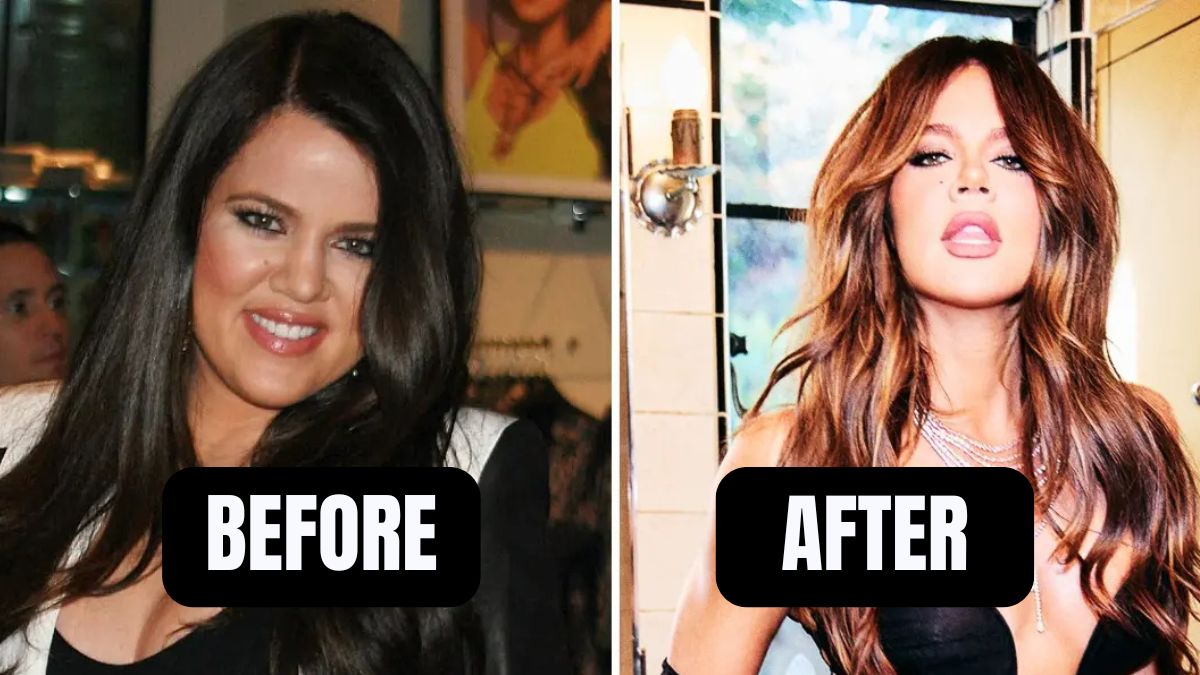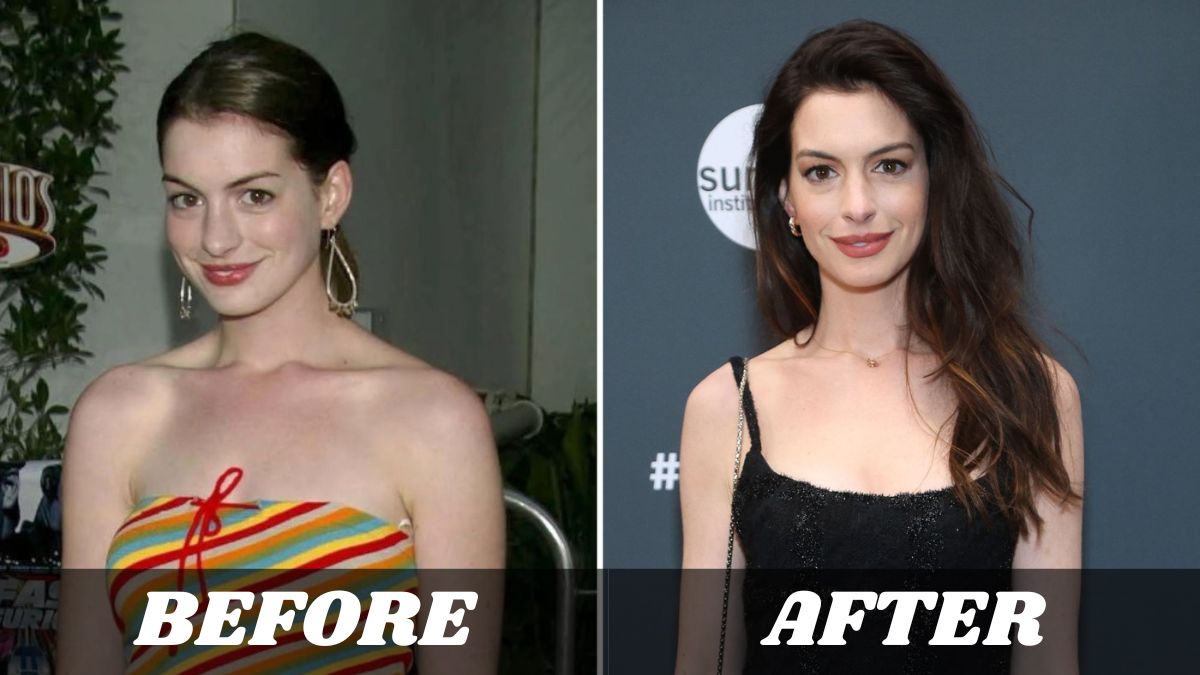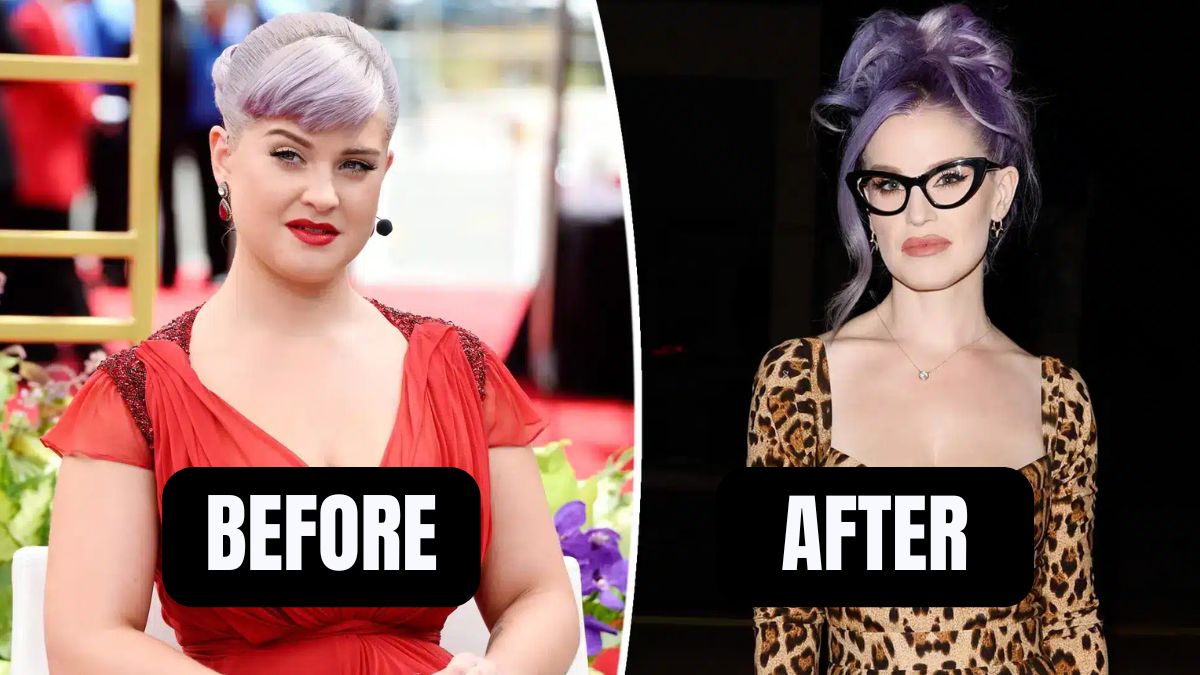On January 1, 2021, Will Smith found himself in what he considered the worst physical shape of his life.
Having intentionally gained weight to portray Richard Williams in the movie King Richard, the father of tennis stars Serena and Venus Williams, Smith then put on even more weight during the pandemic, unintentionally.
This marked the beginning of his decision to regain control over his health.
Setting a Goal: 20 Pounds in 20 Weeks
Determined to turn things around, Will Smith set himself an ambitious target: to lose 20 pounds (9kg) within 20 weeks.
This goal was the premise of The Best Shape of My Life, a six-part YouTube series that followed his weight loss journey.
However, as viewers quickly discover (spoiler alert), Smith did not complete the journey—he quit during week 15.
The Real Message: Nobody is Perfect, Not Even Will Smith
At first glance, it may seem surprising that someone like Will Smith, who is widely admired for his success and charisma, would quit. After all, doesn’t he seem invincible? However, The Best Shape of My Life carries a deeper message: even the most successful men experience struggles just like the rest of us.
Through his documentary, Smith reveals a vulnerable side, showing that even celebrities are just people. The media often presents an edited version of ourselves, especially celebrities. These “crafted” personas hide vulnerabilities, showcasing only strength and success, often making them appear untouchable.
In Smith’s own words:
“What you’ve come to understand as ‘Will Smith’ – the alien-annihilating MC, bigger-than-life movie star – is largely construction, a carefully crafted and honed character designed to protect myself, to hide myself from the world, to hide the coward.”
What We Learned from Will Smith’s Documentary
The Best Shape of My Life goes beyond showcasing Smith’s weight loss efforts. It exposes his vulnerabilities and reveals how difficult it was for him to stick to his plan.
From seeing him in the worst physical shape he’s ever been in, to watching him fail to meet a goal of running a 5k in under 25 minutes, the series makes Smith more relatable than ever.
At one point, Will Smith’s anger is evident when his team prepares the wrong equipment for his training session. His daughter, Willow, even comments on his raw vulnerability:
“I don’t think anybody’s ever been this real.”
While the scenes of failure are uncomfortable to watch, they are also human—and in that humanity, there is beauty. The raw honesty of Smith’s journey allows viewers to reflect on their own struggles and ambitions, making it a powerful reminder that no one is perfect.
Transparency vs. Over-Sharing: Is It Good for Society?
The rise of social media has made us all more aware of the edited versions of ourselves that we present to the world. While many people support the idea that complete transparency is valuable, Smith’s documentary leaves us questioning whether we might be oversharing.
His openness lets us connect with him, but it also exposes his flaws in a way that some may argue weakens the strong, invincible image many had of him.
On one hand, transparency helps us relate to public figures, making them seem more approachable and human. On the other, it can undermine the strength and resilience that many people find inspiring in role models.
Public figures like Smith may offer lessons in perseverance and determination, but their flaws remind us that we don’t have to be perfect to be successful.
This raises a key question: Do we benefit from seeing figures we admire show their vulnerable sides, or does it lower their status as role models? Perhaps a balance is needed—where public figures continue to display their strengths, while also allowing glimpses of their struggles to show they are not infallible.
The Power of Perseverance: A Lesson From Will Smith’s Father
One of the most profound lessons shared in the documentary comes from Will Smith’s father, a man who was both abusive and instrumental in shaping Smith’s future success. Despite his negative qualities, Smith’s father taught him an invaluable lesson about perseverance:
“Build a wall. And keep building until it’s finished. But forget about the wall. Focus on laying the brick in front of you perfectly.”
Though Smith’s father was far from perfect, his advice on persisting in the face of adversity stayed with Will throughout his life. Smith reflected on how this lesson shaped him, saying:
“He taught me to persist in the face of anything. Always get up and lay another brick.”
The idea of relentless perseverance has clearly influenced Smith’s career and his weight loss journey. Though he didn’t finish the program, the persistence he learned from his father remains a central theme in his life.
Embracing Both Strength and Vulnerability
Will Smith’s weight loss journey provides a unique look at the struggles of a public figure who, despite his fame, shares his vulnerabilities with the world.
The Best Shape of My Life underscores the message that perseverance is key to overcoming obstacles, but also that it’s okay to have flaws and setbacks.
Public figures like Smith remind us that we can aspire to success without needing to be perfect. Through transparency and honesty, we can learn from their strengths while accepting their humanity.
FAQs
Why did Will Smith decide to lose weight?
Will Smith gained weight for his role in King Richard and then put on even more during the pandemic. To regain his fitness, he decided to embark on a weight loss journey to lose 20 pounds in 20 weeks.
Did Will Smith complete his weight loss journey?
No, Will Smith did not complete the 20-week weight loss challenge. He quit during the 15th week, highlighting that even the most successful people face struggles.
What message does The Best Shape of My Life convey?
The documentary emphasizes that even those who seem perfect, like celebrities, have their vulnerabilities. It shows that failure and imperfections are part of the journey, and the key to success is persistence.




